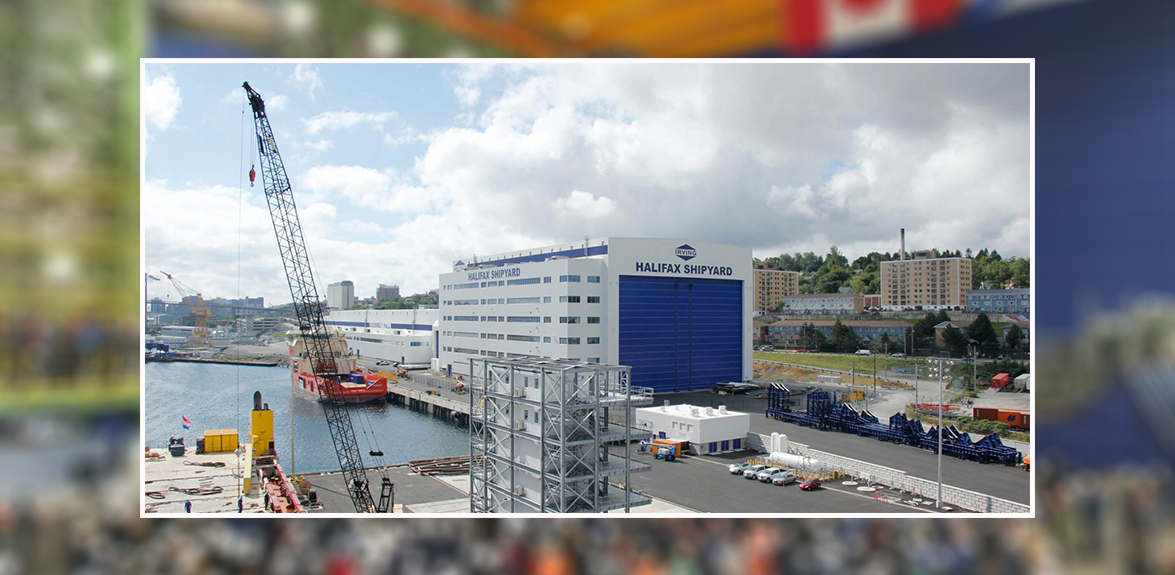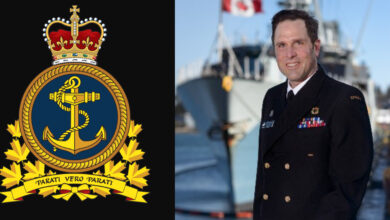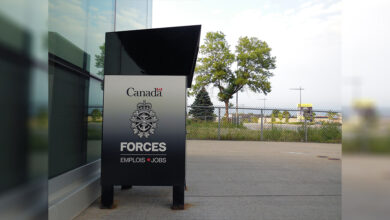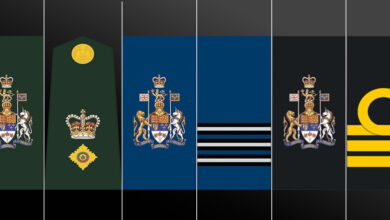Policy
Federal Government Commissions Three New Warships
The Government of Canada has awarded a $22 billion contract to Irving Shipbuilding Inc. (ISI) to construct three River-class destroyers (RCD) for the Royal Canadian Navy (RCN).
Minister of National Defence Bill Blair, Minister of Public Services and Procurement and Quebec Lieutenant Jean-Yves Duclos, and Minister of Veterans Affairs and Associate Minister of National Defence Darren Fisher announced the implementation contract through Canada’s new defence policy, Our North, Strong and Free (ONSAF).
“The Government of Canada is providing the Royal Canadian Navy (RCN) with the modern ships it needs to support current and future operations while supporting jobs across Canada. The RCD will provide decisive combat power for operations at sea, and in support of joint-force operations ashore, and will support missions conducted as part of counter-piracy, counter-terrorism, intelligence and surveillance, interdiction and embargo, humanitarian assistance, research and rescue, and enforcement of law or sovereignty,” noted the press release.
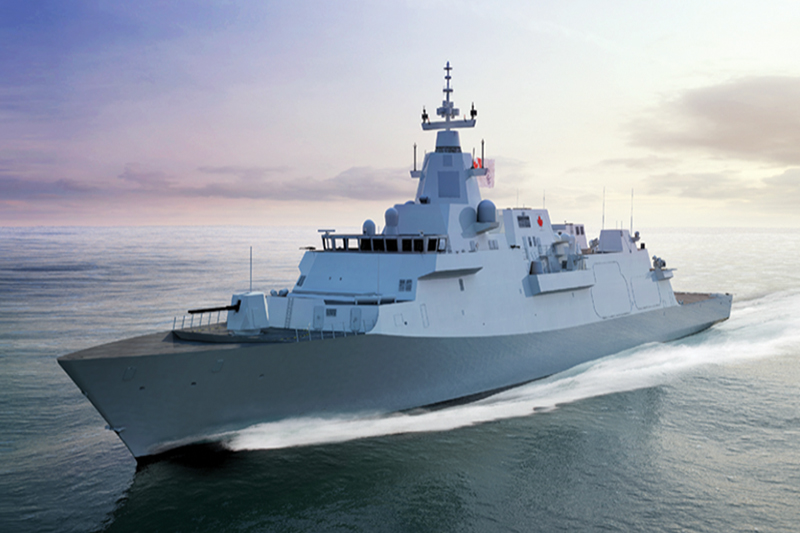
Respond to Canada’s Defence and Security Commitments
The release also noted that the new fleet of warships will enable the RCN to respond to Canada’s defence and security commitments. The RCD will be able to perform a broad range of missions with the North American Aerospace Defence Command (NORAD), Five Eyes nations, the North Atlantic Treaty Organization (NATO), coalition partners, and other Canadian government departments and agencies.
With an initial value of $8 billion to fund the first six years of construction, this contract will support the construction and delivery of the initial three ships as well as the development and delivery of necessary training, spares, and maintenance products required to operate and support the ships in service.
“By investing in our own industry, Canadian workers are helping to build the fleet of the future,” said the defence minister. “Equipping the Navy and our members in uniform with modern and versatile ships they need for Canada’s important contributions to peace and security at home and abroad. This work will create more than 5,000 jobs in Halifax and across Canada, supporting local economies from coast to coast to coast.”
The press release stated that the RCD Initiative is the largest and most complex shipbuilding effort undertaken in Canada since the Second World War. It is at the core of the government’s commitment to revitalize Canada’s marine industry, establish a sovereign shipbuilding capability, and develop a skilled and experienced labour force to renew Canada’s fleets through the National Shipbuilding Strategy (NSS).
“This year marks the 15th anniversary of the National Shipbuilding Strategy, and we are proud to celebrate this significant milestone in delivering Canada’s next-generation warship,” said Jean-Yves Duclos, Minister of Public Services and Procurement and Quebec Lieutenant. “By awarding the implementation contract to build the first batch of River-class destroyers, our government is making a long-term investment to ensure members of the Royal Canadian Navy have the equipment they need to defend and protect our country while creating good-paying jobs and generate economic growth across Canada.”
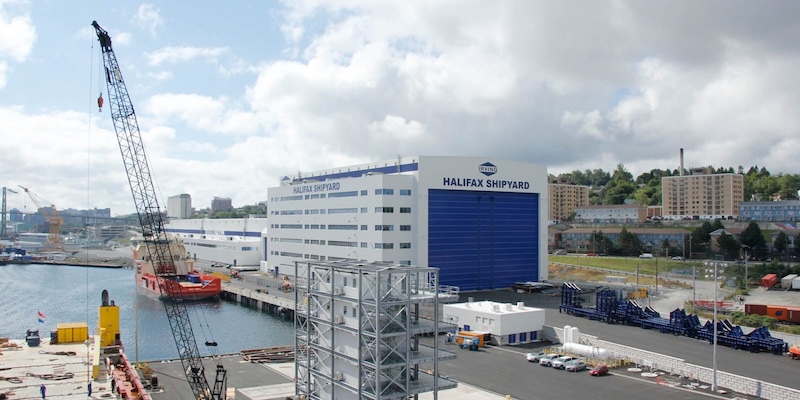
First Three Ships $22.2 Billion
Following an extensive analysis, the Government of Canada established the cost to build and deliver the first three ships at $22.2 billion. The estimate includes what will be paid to ISI through the implementation contract and the costs associated with the delivery of equipment, systems, and ammunition that Canada will need to acquire to bring the first three ships into service.
“Like it is for Canadians across this country, Canada’s rich naval history is a point of pride for this government,’ remarked François-Philippe Champagne, Minister of Innovation, Science and Industry. “Today’s contract award with Irving Shipbuilding Inc., is a true demonstration of our government’s commitment to supporting our domestic shipbuilding industry and to ensuring the Royal Canadian Navy has the modern, world-class capabilities needed to protect our sovereignty, safeguard our waters and defend our interests on the global stage. We are investing in Canada and for Canada, and the River-class destroyer project will strengthen the country’s marine sector and help grow our economy for years to come.”
The RCD implementation contract is estimated to contribute $719.3 million annually to Canada’s gross domestic product (GDP) and create or maintain 5,250 jobs annually over the 2025-2039 construction period. In addition, consumer spending by associated employees is estimated to contribute $191 million annually in additional GDP and 1,545 additional jobs annually to the Canadian economy during the same 15-year period.
“Nova Scotians know how to build ships, and our skilled shipbuilders are gearing up to build the River-class Destroyers for our Royal Canadian Navy,” said Darren Fisher, Minister of Veterans Affairs and Associate Minister of National Defence. “This generational investment in our future fleet will create good jobs at the shipyard and launch a new wave of opportunities in the maritime defence sector—growing our economy. Every shipbuilder and worker on this project will take pride in knowing their craftsmanship directly supports the brave women and men of the Royal Canadian Navy as they serve at home and abroad.”
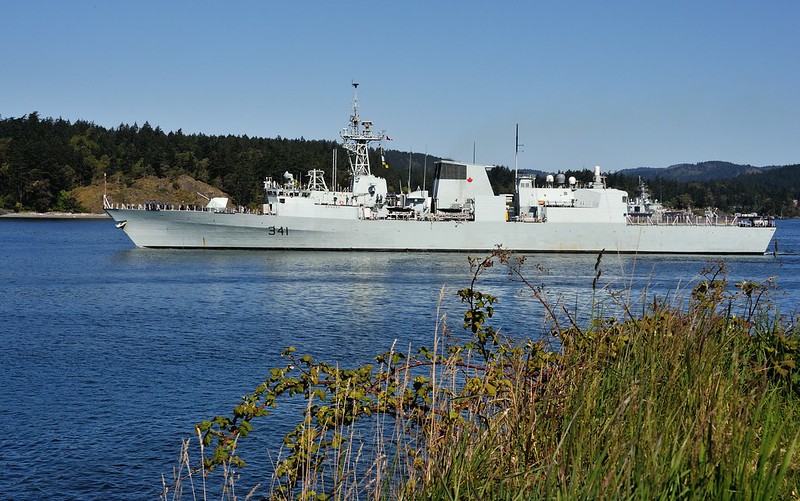
Replace Four Retired Iroquois-Class Destroyers & 12 Halifax-Class Frigates
The RCD will replace the four retired Iroquois-class destroyers and the 12 Halifax-class frigates with a single combat-capable ship to meet multiple threats on the open ocean and a highly complex coastal environment.
“This is a major step forward in delivering the first three River-class Destroyers,” remarked Vice-Admiral Angus Topshee, Commander, Royal Canadian Navy. “These impressive ships will offer an incredible capacity to the Royal Canadian Navy and Canada, ensuring that we can defend our waters against any adversary and deliver frontline combat power anywhere in the world.”
The design of the new RCD is based on BAE Systems’ Type 26 warship design being built by the United Kingdom and a variant of which is being built for Australia as the Hunter Class Frigate. Each RCD will have enhanced underwater sensors, state-of-the-art radar and modern weapons.
“It is a major milestone for Irving Shipbuilding and Canada,” said Dirk Lesko, President of Irving Shipbuilding Inc. “This contract validates more than a decade of hard work by industry and government and provides stability for the hard-working men and women who design, build and maintain Canada’s surface fleet.”
The first three ships will be named His Majesty’s Canadian Ships Fraser, Saint-Laurent, and Mackenzie, after Canada’s three waterways that reach the Pacific, Atlantic, and Arctic oceans.
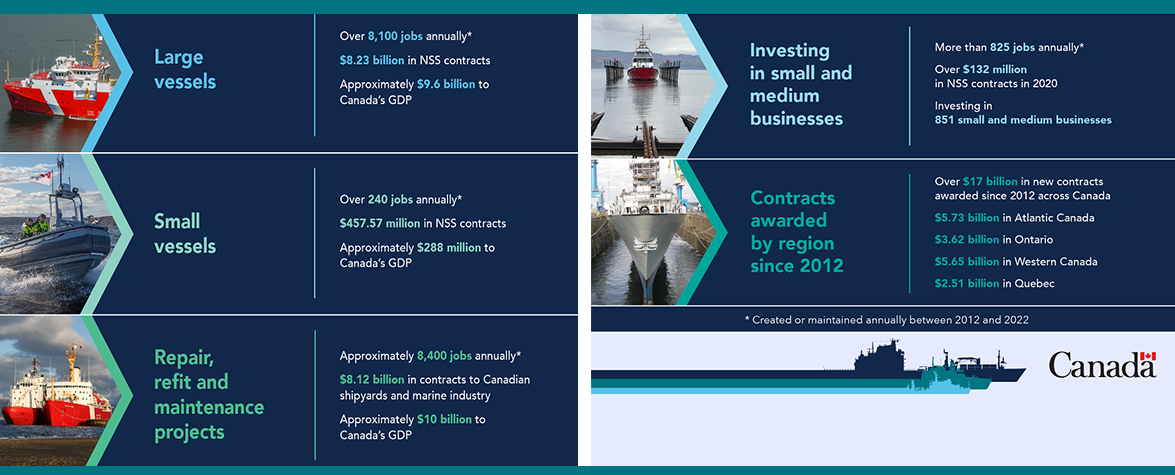
15th Anniversary of National Shipbuilding Strategy
This year marks the 15th anniversary of the NSS. Since 2010, the NSS has contributed to ensuring Canada’s sovereignty by equipping the RCN and the Canadian Coast Guard with new vessels and maintaining their existing fleets to protect Canada’s national interests both at home and abroad.
NSS contracts awarded between 2012 and early 2025 contributed over $36 billion to Canada’s GDP and have created or maintained more than 20,400 jobs annually between 2012 and 2024.
The initial implementation contract value is for an agreed contract period of six years, enabling the required work to be done in that period, with a contract extension to follow as the successful construction progresses.
The cost estimate includes the costs to be paid to ISI through the implementation contract, including material and labour costs associated with ship construction, initial spares and the development of training, maintenance and logistics support products required to support the ships in service, as well as costs associated with the delivery of equipment, systems and ammunition for which Canada is responsible to deliver as Government Supplied Materiel, procured by Canada either through the US Foreign Military Sales Program or through other contracts directly with equipment suppliers.
Canada’s Industrial and Technological Benefits Policy applies to the RCD project, which requires companies to make investments and provide business activities in Canada equal to the value of the related contracts.
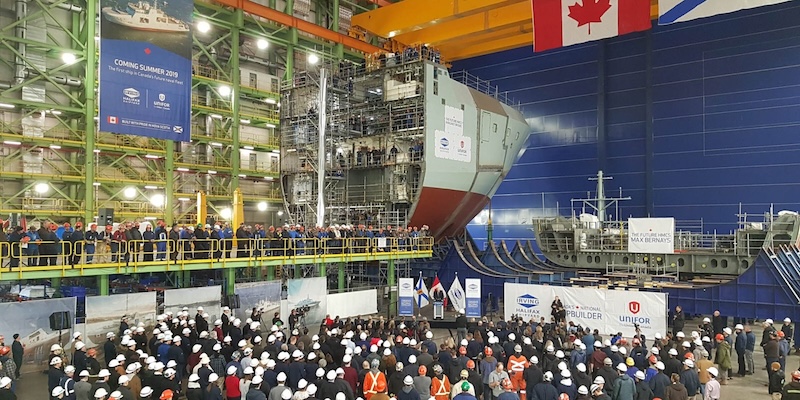
Construction Scheduled to Begin This Summer
The NSS Value Proposition applies to the RCD project. It requires ISI to reinvest the equivalent of 0.5 per cent of its RCD contracts in the three priority areas to benefit the Canadian marine industry: human resources development, technology investment, and industrial development. To help bring the RCD into service and support them throughout their lifecycle, the Department of National Defence (DND) is building a land-based testing facility on a portion of DND-owned land in Halifax, Nova Scotia. Construction is scheduled to begin this summer and be completed in 2027.
In 2023, the Government of Canada announced it was investing $463 million (taxes included) in shipyard infrastructure to ensure that ISI can enhance building efficiency to meet the RCD delivery timelines. The Government of Canada and ISI agreed to a strategy that authorizes and funds the infrastructure enhancements in phases. In May 2024, the government provided additional funding to support the remaining phases of work. The revised total value of the investment is estimated at $871.7 million.


